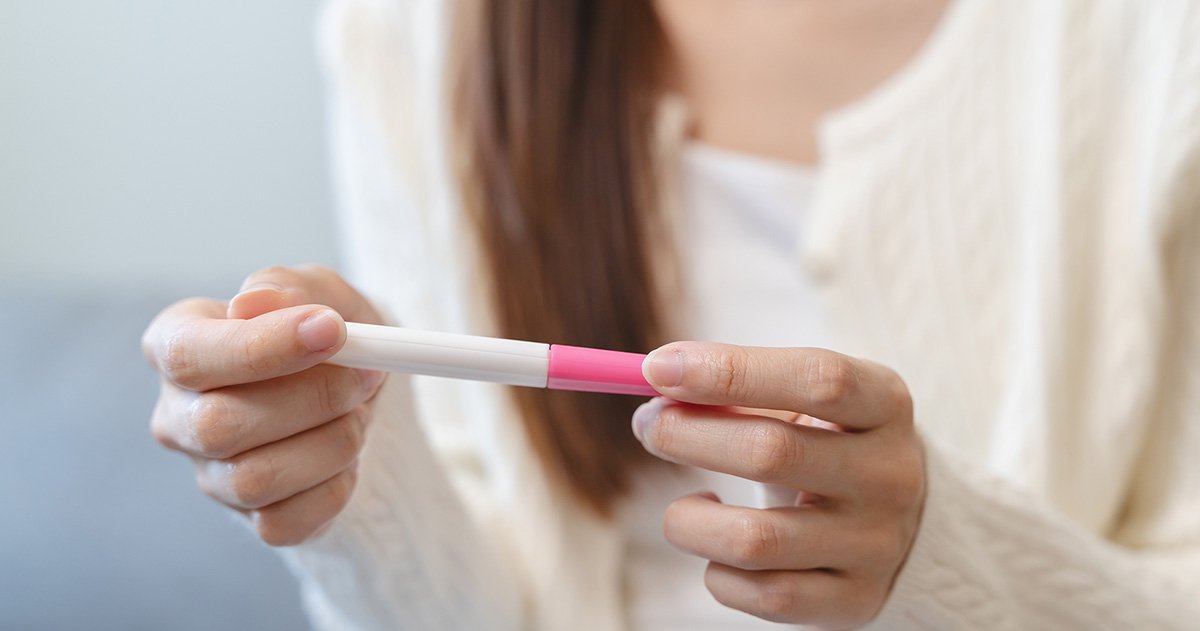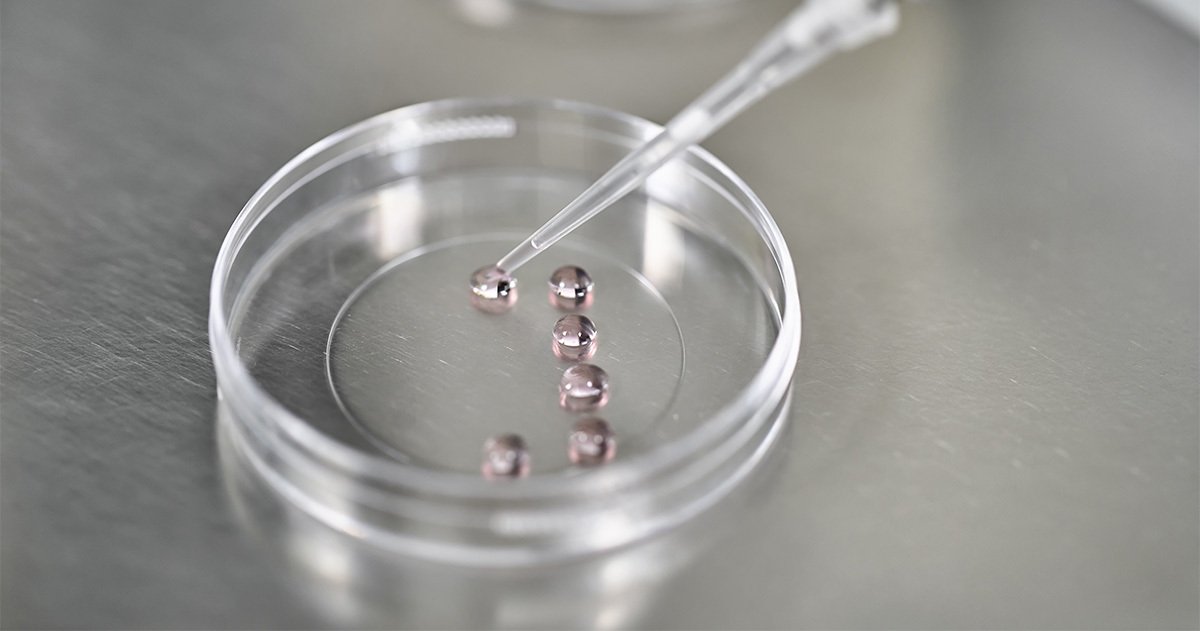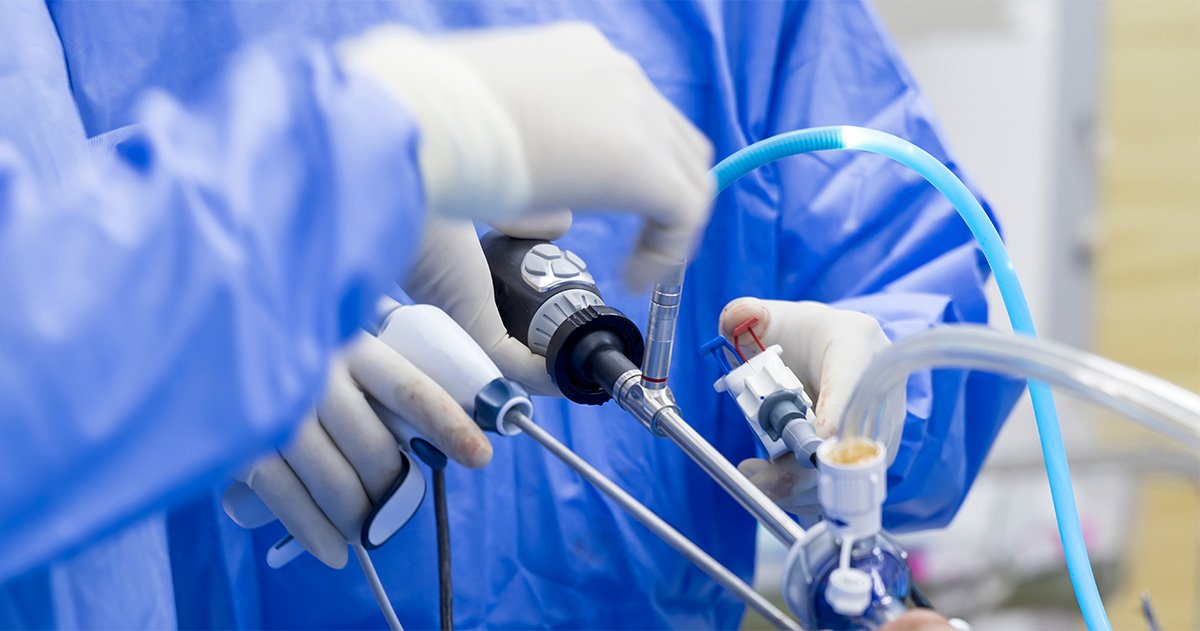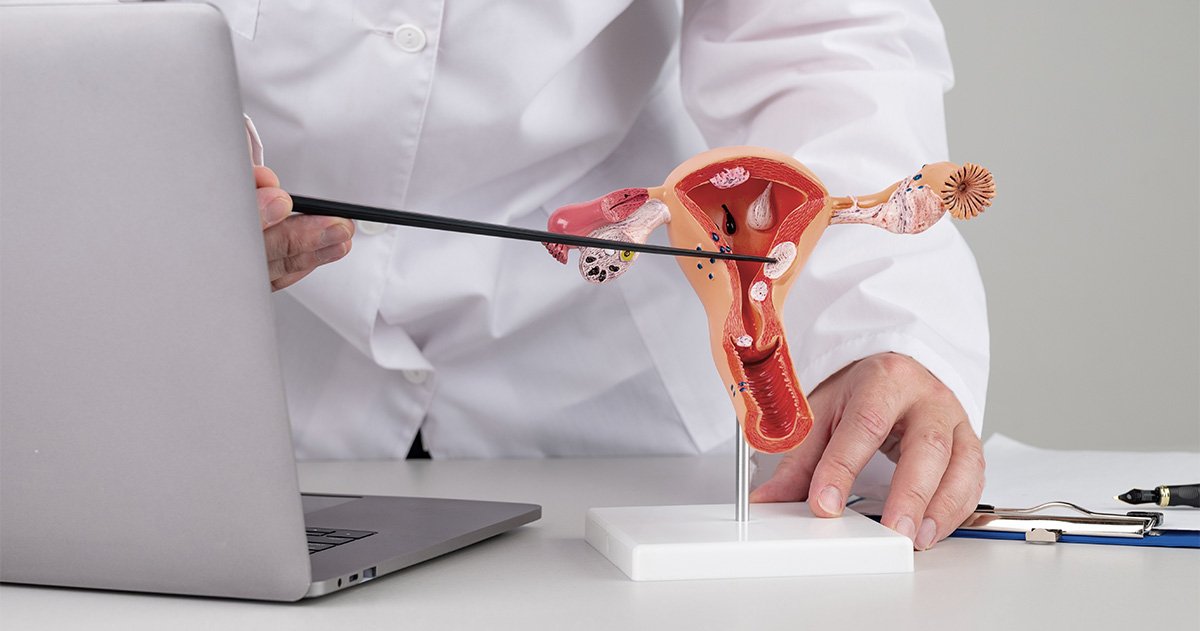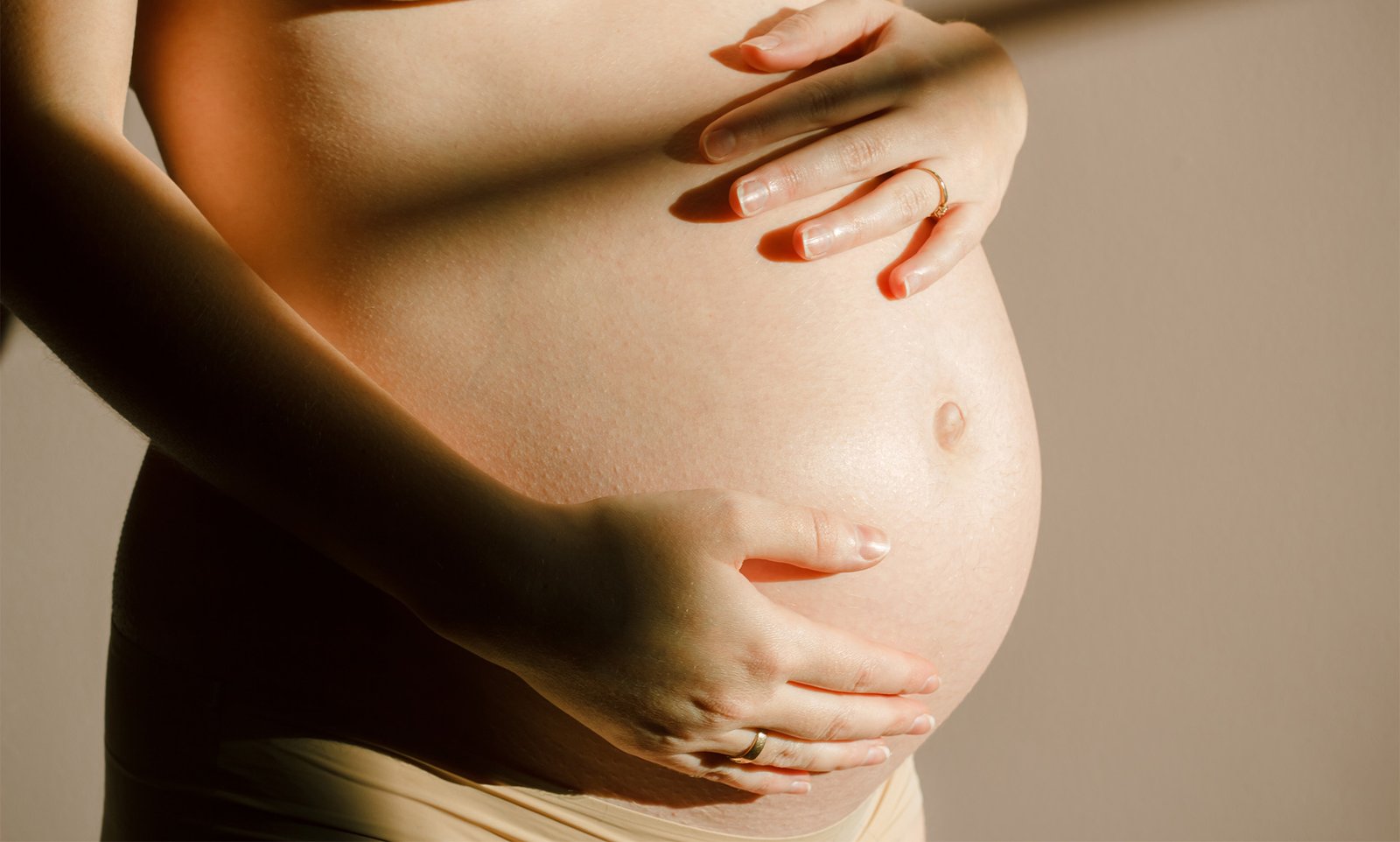Advancements in technology, such as In-Vitro Fertilisation (IVF) in Singapore, have significantly transformed the landscape for couples seeking to conceive. IVF is an innovation that provides new hope by providing effective solutions to infertility challenges.
In Singapore, live birth success rates for conceiving via IVF are notably high, at approximately 40% or more per cycle. With the right technology, techniques and personalised approaches, you can achieve your dream of building a family, too.
What is In-Vitro Fertilisation (IVF)?
In-vitro fertilisation (IVF) is a medical procedure used to help individuals and couples with family planning. This procedure maximises fertility rates by combining an egg and sperm outside the body in a controlled environment, and then transferring the resulting embryo into the mother’s uterus. This makes it especially beneficial for those experiencing infertility, offering a solution to increase chances of a successful pregnancy and allows women to have more control over their reproductive choices by providing options on when to conceive and start a family.
In vitro fertilisation (IVF) dates back to the 1950s where experiments were conducted on non-humans. It was only in 1978 that the world's first baby was conceived by IVF. As the science continued to develop, IVF became an established treatment for infertility and has progressed to other indications, such as fertility preservation and the prevention of certain inheritable diseases.
How does In-Vitro Fertilisation (IVF) work?
The eggs are surgically extracted from the woman’s ovaries, in-vitro fertilised and the resulting embryos are placed back into the uterus for implantation into a healthy baby.
To simplify, the process of in-vitro fertilisation involves the following steps:
- Ovarian stimulation — Hormone treatments are done to stimulate the ovaries to produce multiple eggs, instead of just one egg that’s normally produced with each menstrual cycle. Medications, like gonadotropins, are administered for about 10 to 14 days. “Trigger shots” of Human Chorionic Gonadotropin (hCG) are then administered to stimulate ovulation and final maturation of the eggs to prepare for egg retrieval.
- Egg retrieval — As its name suggestions, a minimally invasive procedure called a transvaginal ultrasound aspiration is done to extract and retrieve the eggs.
- Sperm collection — The male partner provides sperm, generally via ejaculation. In some cases, a surgical sperm retrieval is done to collect the sperm directly from the testes.
- Fertilisation — The retrieved sperm and eggs are then combined in a sterile, laboratory setting to let fertilisation occur. In cases of male infertility, Intracytoplasmic Sperm Injection (ICSI) is done, which involves directly injecting a single sperm into the egg.
- Embryo development — Fertilised eggs develop into embryos and are closely monitored for about 3 to 5 days.
- Embryo transfer — The selected embryos are then inserted into the woman’s uterus using a catheter.
- Implantation and pregnancy — A successful implantation is a critical step, where the embryo attaches to the uterine lining for pregnancy to happen. Blood tests, about 10 to 14 days after the embryo transfer, can be done to confirm the pregnancy.
Who should consider In-Vitro Fertilisation (IVF)?
IVF is generally recommended to those who experience the following:
- Advancing maternal age (over 35 years)- A woman’s fertility reduces significantly as she ages affecting both egg count and quality. IF you’re over 35, and have been trying to conceive unsuccessfully after 12 months, IVF is an option.
- Obvious reasons for infertility:
- Fallopian tube obstruction
- Endometriosis, where alternative approaches to treatment have failed
- Poor semen quality
- Unknown reasons for infertility having completed alternative approaches to fertility management.
- Premature or impending ovarian failure.
Dr Tan Heng Hao stresses that the decision to undergo an IVF treatment is often a personal one. Important considerations include the state of anxiousness and sense of urgency balanced against the individual’s emotional and psychological readiness to embark on the treatment. The right time to start treatment is when one is ready.
Are there any alternative options to In-Vitro Fertilisation (IVF)?
Dr Tan Heng Hao has always stressed that one should never give up on a God given gift of trying to conceive on your own. There had been countless cases of couples spontaneously conceiving while deliberating on IVF. Some of his patients had been childless for more than 10 years prior to this!
To those who are unwilling or unable to undergo IVF, Dr Tan will usually discuss options and these may include a trial of ovulation inducing tablets, intrauterine insemination techniques or even reproductive surgeries to help them conceive. For certain groups of patients, they may even consider adoptions or acceptance of their state of childlessness.
At Majella, we are dedicated to offering holistic fertility options and comprehensive pregnancy care, tailored to meet the unique needs of each individual. You deserve the best care possible. Book an appointment with our Fertility Specialist, Dr Tan Heng Hao, for a thorough consultation and personalised treatment plan.
In-Vitro Fertilisation (IVF) success rates and potential risks
Dr Tan Heng Hao is of the opinion that IVF is always a case of "Never say never”. Success rates these days are very good and may even exceed 50% in certain groups of good prognosis patients.
There are some medical risks that may accompany IVF treatments. These include:
- Ovarian Hyperstimulation Syndrome (OHSS) in response to the medications
- Risks of bleeding from the surgical egg collection
- Multiple pregnancies with the transfer of two embryos and that might pose health risks to both mother and babies.
However, the greatest and by far the most common risk is that of an emotional one. It is intuitive that the outcomes of any IVF treatments can only be a success or failure, but the stress of facing uncertainties as couples go through the process can be tremendous.
Unexpected scenarios such as poor fertilisation outcomes or poor embryo developmental may add to the anxiety of the couples.
It is important to look for a specialist that is not only experienced in the medical aspects of IVF, but also in the hand holding of the emotional part of the journey. Clinical decisions taken may be critical to the success outcomes of patients.
What can I expect for an In-Vitro Fertilisation (IVF) procedure?
Prior to IVF, you and your husband would need to undergo mandatory screening performed in Singapore for infectious diseases.
Injectable hormones are self-administered to increase the number of eggs available for retrieval by stimulating the development of multiple follicles in the ovaries. This may take about 2 weeks. Regular transvaginal ultrasound scans are performed to assess response.
Egg retrieval is performed in an outpatient setting under sedation. The eggs are retrieved by the use of an ultrasound-guided needle from follicles in the ovaries. The husband will have to submit a fresh semen sample in person, unless there are stored frozen sperm.
In the IVF laboratory, The retrieved eggs will be fertilised with sperm either through ;conventional IVF to allow natural fertilisation or Intra-Cytoplasmic Sperm Injection (ICSI) where a single sperm is injected into the egg to assist in fertilisation. The resulting embryo(s) is incubated in the laboratory where the embryologists will select the most suitable embryo(s) for transfer.
The selected embryo is transferred back to the womb via a catheter which goes through the vagina and the cervix.
A pregnancy blood test is performed in about 2 weeks to confirm the outcome. This period is frequently referred to as the “2 weeks wait”.
What to consider before an In-Vitro Fertilisation (IVF) procedure?
There are considerations to be made by the couple before embarking on an IVF journey. Some of these may be of a non-medical nature. The couple would have to be in alignment and they would need to consult with a fertility specialist together so that a plan may be outlined. Couples need to be realistic of their chances and informed choices must be made at every step of the way.
Maintain a healthy weight, engage in regular exercises and eat a well balanced diet to adopt a healthy lifestyle. These aid in increasing the chance of success and reducing the emotional burden of the IVF treatment,
IVF is emotionally challenging, and if necessary, do not hesitate to request for counsellors or to seek support from friends or support groups who have been through the same experiences.
Choosing the right specialists is important. Couples should not only seek out specialists that are experienced, they should also seek out those with whom that they can establish a rapport with.
IVF is costly. It is essential to explore insurance plans if possible and set aside a budget that should cover beyond the first cycle if things do not go your way.
In all, there is no fixed formula on what needs to be done prior to IVF. Preparing for an IVF treatment requires considerations of different factors that may both increase your odds of success and contribute to a positive experience in IVF.
Frequently Asked Questions
- What should I look for when choosing an IVF clinic and fertility specialist?
It is imperative that you find a doctor with whom you can click with and this can be both subjective and personal. Usually the patient chooses the doctor through word of mouth. Most will still verify this through online forums or success stories.
The track records and past experiences of the doctor is important. Another important aspect is the doctor’s expertise in performing fertility surgeries. These surgeries may be required prior to an embryo transfer to increase chances of pregnancy.
The IVF success rates and stories are always crucial to a patient. It is an indicator of the clinic’s ability but when scrutinising these data, it is important to note that the way different clinics report their rates may vary and may not be directly applicable.
It is important that you find a doctor that can provide you with the hand holding throughout the IVF journey. You must feel comfortable, even at the first visit and you should not feel compelled to make any decision immediately.
Lastly, do consider the accessibility of the clinic as you will be making frequent trips. The proximity to nearby medical facilities is also important if you need to tap onto them. - How long does an IVF cycle typically take?
The whole process can take up to 14 to 16 days. This period includes the stimulation of eggs through injections culminating in an egg retrieval procedure. - Can I walk immediately after an embryo transfer? Can I use the bathroom after an IVF session?
There is a general perception that patients need to be immobilised post embryo transfer. It is important they realise that the embryos do not just drop out of the body with gravity when they go to the toilet to urinate. Nonetheless, there is no harm in lying down for a while and most centres do allow their patients to rest for a while after the procedure. - What should I avoid after an embryo transfer?
From a scientific perspective, pregnancy success after an embryo transfer has very little to do with the implantation potential of the embryo. Nonetheless, there are some Dos and Don'ts that one can take heed of:
- Never forget to take the hormonal medications that are being prescribed by your doctor. These have been proven to increase the odds of pregnancies and reduce the risk of miscarriages.
- There might be the occasional vaginal bleeds or spotting during the 2 week wait for the pregnancy blood test. It is imperative that you should still continue the medications and turn up for the blood test.
Dr Tan Heng Hao remembered that there were at least 2 patients who had deliberately stopped all medications when bleeding occurred, only to find out that they were still pregnant at the follow-up visit. Unfortunately, one of them miscarried shortly afterwards. - Continue your folate supplements. You will need at least 400 mcg to prevent neural tube defects. The benefits of this vitamin are at its greatest when taken at the preconception stage.
- It is advisable to avoid strenuous activities or have sex at this stage of the IVF cycle. These can trigger uterine contractions that are deemed detrimental to the success.
- After a fresh embryo transfer, look out for increasing abdominal distension or discomfort. If this is accompanied by nausea and vomiting, please seek medical attention immediately as they may be associated with ovarian hyperstimulation syndrome (OHSS).
- What should I avoid after an embryo transfer?
From a scientific perspective, pregnancy success after an embryo transfer has very little to do with the implantation potential of the embryo. Nonetheless, there are some Dos and Don'ts that one can take heed of:
- Never forget to take the hormonal medications that are being prescribed by your doctor. These have been proven to increase the odds of pregnancies and reduce the risk of miscarriages.
- There might be the occasional vaginal bleeds or spotting during the 2 week wait for the pregnancy blood test. It is imperative that you should still continue the medications and turn up for the blood test.
Dr Tan Heng Hao remembered that there were at least 2 patients who had deliberately stopped all medications when bleeding occurred, only to find out that they were still pregnant at the follow-up visit. Unfortunately, one of them miscarried shortly afterwards. - Continue your folate supplements. You will need at least 400 mcg to prevent neural tube defects. The benefits of this vitamin are at its greatest when taken at the preconception stage.
- It is advisable to avoid strenuous activities or have sex at this stage of the IVF cycle. These can trigger uterine contractions that are deemed detrimental to the success.
- After a fresh embryo transfer, look out for increasing abdominal distension or discomfort. If this is accompanied by nausea and vomiting, please seek medical attention immediately as they may be associated with ovarian hyperstimulation syndrome (OHSS).
- What is the most critical time after embryo transfer?
After an embryo transfer, there can be a variable time period of 5 days to a week before implantation into the womb happens. It is imperative that the patient rests well during this period and avoids any strenuous activities to maximise the chances of success. - Is an IVF procedure MediSave claimable in Singapore?
To help couples better afford the cost of treatment for Assisted Conception Procedures such as IVF and intra-uterine insemination (IUI), a couple may withdraw $6,000 for the first cycle, $5,000 for the second cycle and $4,000 for the third and subsequent cycles from the patient's or the patient's spouse's MediSave. A lifetime MediSave withdrawal limit of $15,000 per patient applies.
Couples who are clinically eligible for PGT-M and PGT-SR can also tap on their MediSave to offset the costs of these procedures. The combined cost of the PGT-M or PGT-SR, and the associated ACP cycle, will be subject to the prevailing MediSave limits for Assisted Conception Procedures as specified above.
If an Assisted Conception Procedure is not completed due to non-medical reasons, MediSave use will not be allowed to cover the costs of the incomplete cycle. - How do I choose the best embryo to be transferred?
3 questions should always be asked prior to an embryo transfer.
1) Should I transfer the embryos in a fresh or a frozen cycle?
Although more centres are performing elective frozen transfers, there is still an ongoing debate as to whether a fresh or frozen transfer is truly better. Recent studies have not been conclusive and neither option has been proven to be superior to the other.
However, there are certain scenarios where a freeze-all strategy is significantly superior to fresh embryo transfer. These include:
- To prevent the risk of a potentially life threatening OHSS in response to excess ovarian stimulation in IVF. Even in situations where excess stimulation has not occurred, there is still a small risk of late-onset OHSS that occurs after 10 days of an egg retrieval owing to hormones produced in a pregnancy cycle.
- In IVF cycles where the embryos have to be genetically biopsied.
- In IVF cycles where the blood progesterone levels are significantly elevated before the egg retrieval. They can result in the womb environment being unconducive to a successful implantation.
- The presence of womb polyps or fallopian tube swellings (hydrosalpinx) discovered during the ovarian stimulation procedure. These conditions have to be surgically addressed before the embryo transfer.
- Presence of severe endometriosis or adenomyosis.
- There are instances where embryo development is slow. If embryos are frozen and transferred in the second cycle, outcomes will be improved compared with fresh transfer by avoiding the dys-synchrony between an endometrium that is too advanced vs. an underdeveloped embryo.
Hence in summary, my own take has always been that “frozen transfers are as good as fresh transfers, if not better, but certainly safer”.
2) Should I transfer a Day2 /3 or a Day 5 embryo (also known as a Blastocyst)?
The fundamentals of IVF care have always centred around choosing the most transfer-worthy embryo to maximise success and shorten the time interval to a healthy live birth. The purpose of prolonging the growth of day 2 embryos to blastocysts stage is to allow selection of better embryos to be transferred.
The notion that embryos survive better in the womb and hence should be transferred solely on day 2/3 is no longer valid as most centres have the capabilities of culturing embryos till a blastocyst.
Intuitively, this will result in the reduction of the number of embryos available and this results in the fear that embryos will be “wasted”. Hence if the starting embryos numbers are low, a transfer of a day 2/ embryo may still be a viable option. It's always important to have a discussion and make the decision best suited for your circumstances.
3) Should I transfer 1 or 2 embryos?
The Singapore Ministry of Health permits a maximum of 2 embryos to be transferred at any one time. Rarely, under special circumstances, 3 embryos (Day 2 /3) may be transferred.
The decision to transfer 1 or 2 embryos hinges strongly on the probability of success. Transferring more than one embryo at a time increases pregnancy rates, but it also increases the chances of multiple implantations leading to twins, triplets, etc. With advances in extended cultivation and embryo freezing technology, better quality embryos are now possible. Hence single embryo transfers in good prognosis cases will prevent the occurrence of multiple pregnancies without compromising the chance of success.
However, it is important to remember that success awaits those who try their best and even if it fails, one should be able to look back at this journey and not feel any regret.
